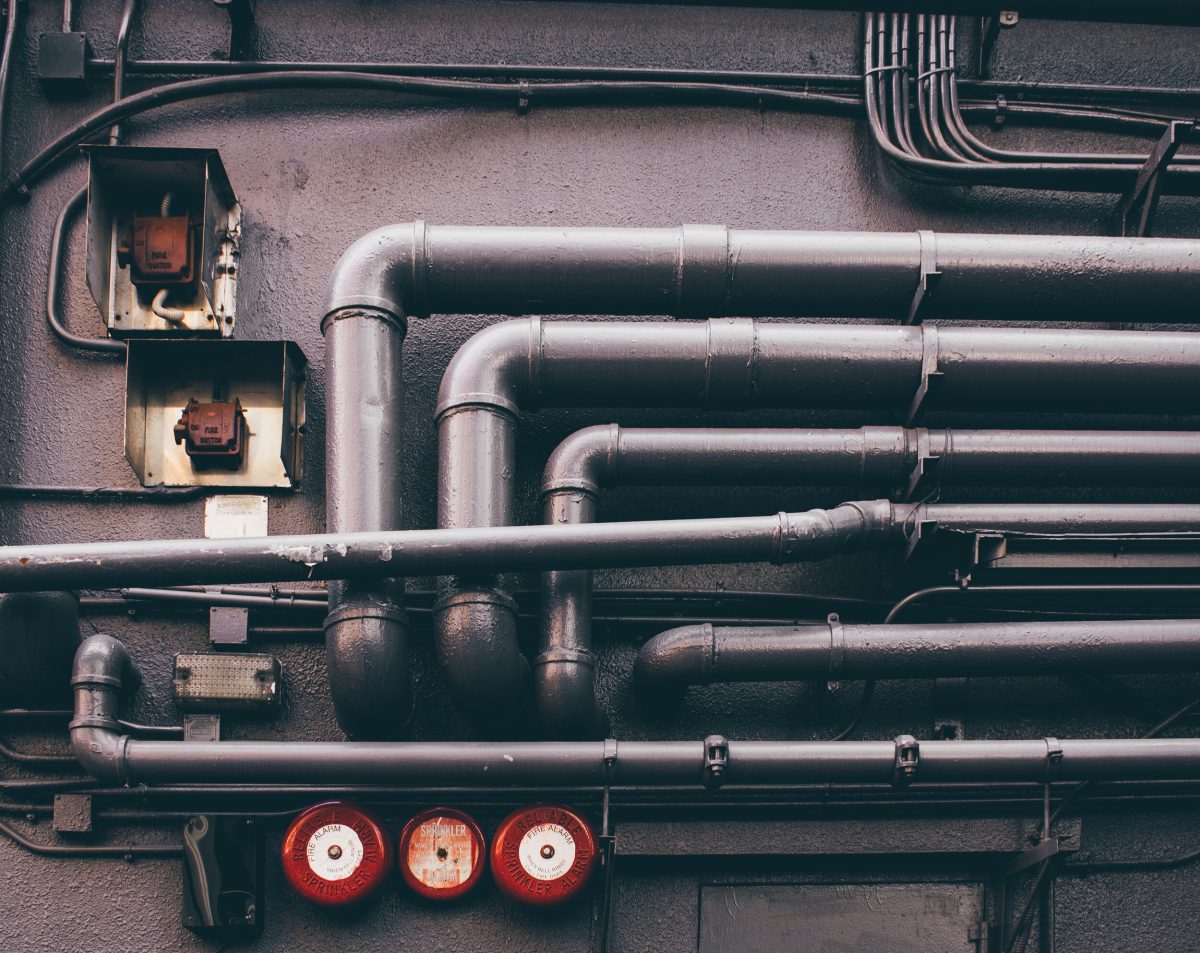3 Times Using CIPP is a Great Choice

Through its numerous breakthroughs in diverse piping scenarios, CIPP proves itself a worthy and better alternative to trenching. It involves inserting a small epoxy liner into the damaged line through a pre-dug access point. Afterward, experts inflate the epoxy with water or air pressure and cure it with heat or UV light.
Read on as we explore three scenarios where cured-in-place pipe repair is an unbeatable solution.
For Homes and Residences
Homes and residential properties aren’t exempt from enjoying CIPP. In fact, specialists recommend the pipe solution because its efficacy helps preserve the home’s integrity and resale value. In addition, property owners and managers understand the pain of damaged water and sewer lines as they destroy the landscape and bother tenants with unpleasant smells. Luckily, relining pipes with CIPP can help prevent future leaks and tame current ones.
Relining seals out cracks and leaks by pressing an epoxy pipe against the inner walls of the old pipe. By the end of the procedure, experts have created a new and reinforced pipe without discarding the old one.
CIPP for Commercial Properties and High-Rise Buildings
CIPP is a great choice for commercial buildings, as its process is convenient and effective. For instance, high-rise buildings may suffer from pipe problems at high altitudes, making it inconvenient to use trenching. Commercial property managers who opt for the traditional dig-and-replace method risk structural damage and even mold.
CIPP maintains integrity by cutting off any further damage to the building and its landscape. For specific overhead pipe problems, property managers opt for vertical CIPP, a trenchless procedure that caters to pipe issues in high-rise buildings. It is fast and minimizes downtime, making it ideal for businesses, hospitals, and offices.
For Industrial Properties
Many industrial properties have long bypassed the conventional trenching method because of its numerous risks. For one thing, trenching weakens the landscape and makes it prone to collapse and erosion. This issue alone can permanently damage the surrounding land, making trenching an unsustainable choice. The invasive procedure also stands a high chance of hitting a carrier pipeline and risking cross-contamination. Cases of cross-contamination can result in severe illnesses and even death.
Luckily, CIPP is a worthwhile investment in pipeline safety and integrity. Without any trenching, the procedure restores ailing pipes with a strengthening solution called epoxy resin. Relining industrial pipes increases their lifespan by up to fifty years and provides property managers with a sustainable and economical way to quickly fix damaged lines.
If your property is experiencing the damaging effects of pipe issues, then you’re not alone. Pipe problems are an inevitable part of property ownership and management, and with prompt management, your property and landscape can be good as new.
At What Is CIPP, our team of experts is available and equipped to safely restore your pipe problems. We’ll conduct a video inspection to assess the damage and determine its correct fix. Contact us today – we’re always ready to help!